Rooftop Solar Revolutionizing South Australia’s Grid
ElectraNet, the key transmission company in South Australia responsible for the grid’s backbone, has highlighted a significant shift in the local grid’s demand profile. This transformation has been primarily driven by the widespread adoption of rooftop solar systems across the region.
With over half of South Australian households now equipped with rooftop solar panels, ElectraNet has observed unprecedented events on the grid that were unimaginable just a few years ago.
Changing Demand Dynamics
Prior to the period of 2022-23, South Australia had never encountered a day with minimum demand dropping below 100 megawatts. Historically, minimum demand levels exceeded 1,000 MW up to 2015. However, the scenario has drastically altered in recent years.
Impact of Rooftop Solar
In the years following, there has been a notable increase in the number of days with demand falling below 100 MW. The figures rose from three days in 2022-23 to 21 days in 2023-24, and a significant jump to 27 days already recorded in 2024-25.
This shift is not limited to weekends when demand is typically lower; it is also occurring on mild weekdays, as indicated by the grey shaded columns in the provided graph.
Rise of Negative Demand
Remarkably, ElectraNet has reported instances of negative demand over the past six months, where power flows back into the transmission network from rooftop solar installations. On eight occasions, demand was negative, signifying a surplus of electricity generated by distributed networks.
One notable occurrence on February 16 saw demand plummet to minus 54 MW, following a record high demand just four days earlier. These fluctuations underscore the rapid changes in demand patterns and emphasise the necessity for agile technologies like battery storage and demand response mechanisms.
Transition to Renewable Energy
South Australia has been making significant strides towards renewable energy sources, with an average annual share of 74 per cent from wind and solar sources. The state is on course to achieve its target of 100 per cent net renewables by 2027, setting a global benchmark in renewable energy integration.
The increasing adoption of electric vehicles, coupled with the rise in household battery installations supported by government rebates, is expected to further boost demand during daytime hours. This transition necessitates the deployment of large-scale battery storage solutions to manage the surplus energy generated by rooftop solar systems.
Industry Interest and Grid Expansion
ElectraNet has noted a surge in interest from various industries looking to establish operations in South Australia. With 37 business organisations exploring grid connections for over 15 gigawatts of proposed projects, the state is poised for substantial growth in renewable energy infrastructure.
This influx of interest, amounting to five times the average peak load and ten times the average load in the state, reflects the attractiveness of South Australia’s renewable energy landscape. The state’s commitment to a fully renewable grid has garnered attention and investment from a diverse range of industries.
As South Australia continues its transition towards a cleaner and more sustainable energy future, the need for innovative solutions and robust grid infrastructure becomes increasingly apparent. The evolving demand dynamics driven by rooftop solar uptake present both challenges and opportunities for the state’s energy sector.
ElectraNet’s proactive approach to accommodating these changes positions South Australia as a frontrunner in the global shift towards renewable energy integration.
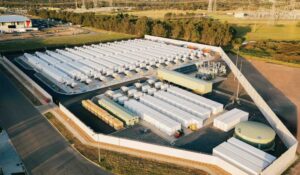
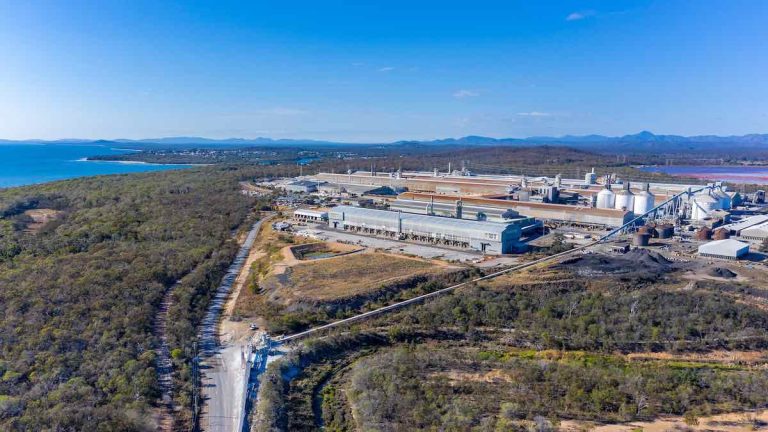
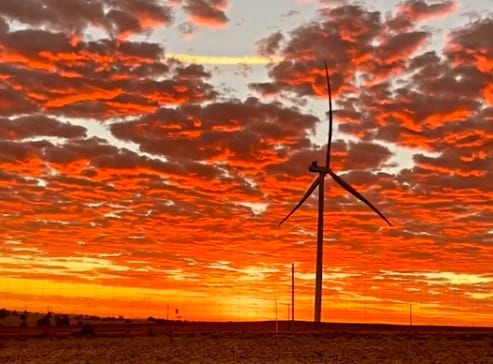
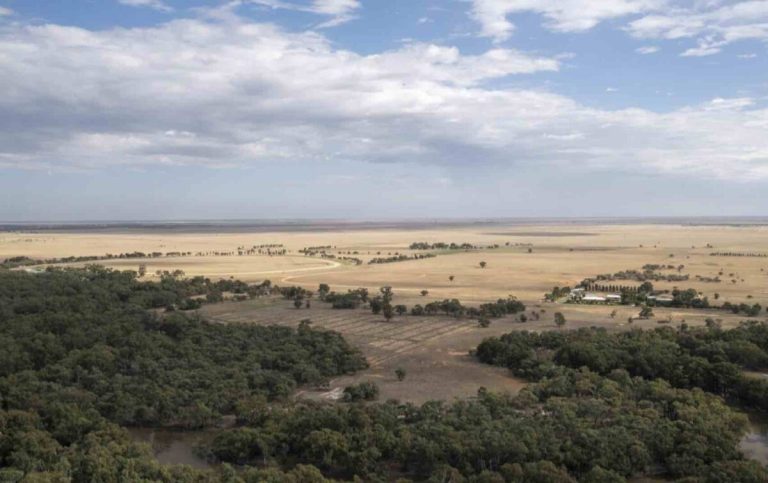
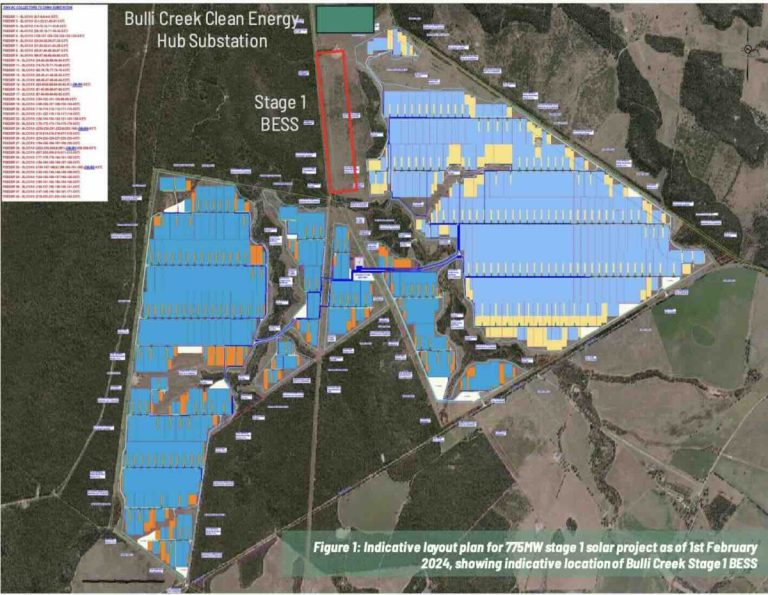
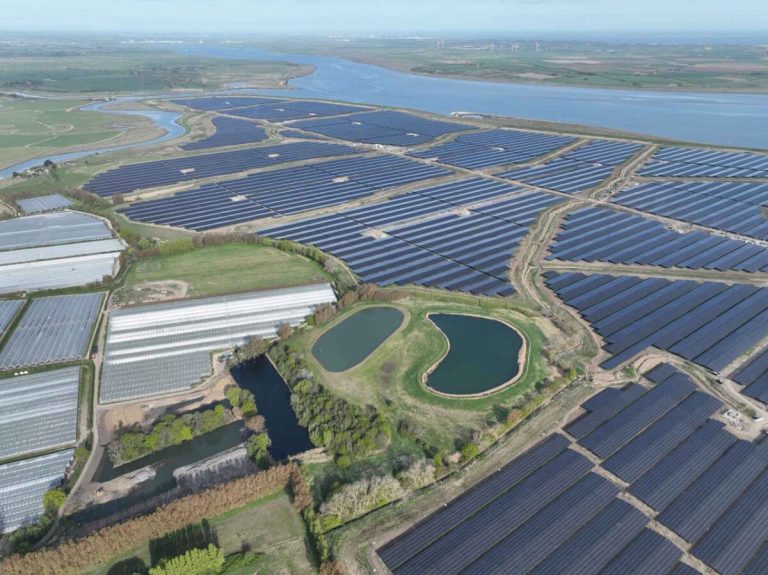
63-768x496.jpg)